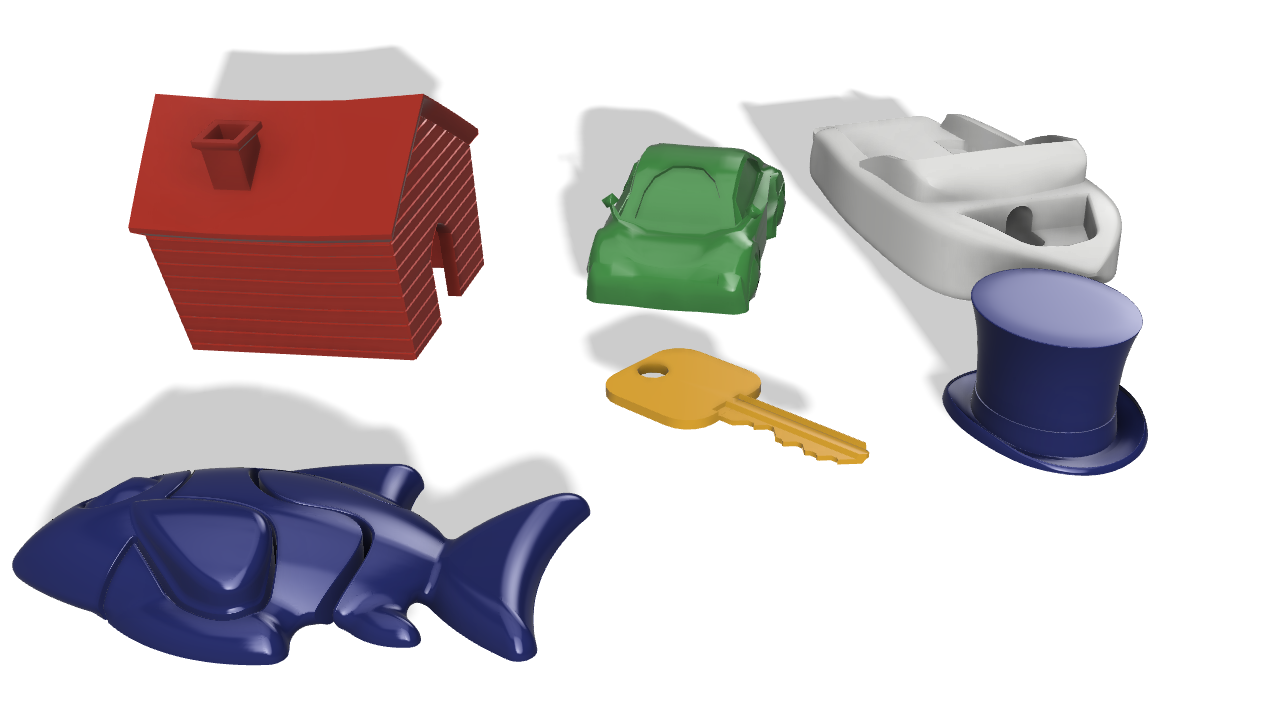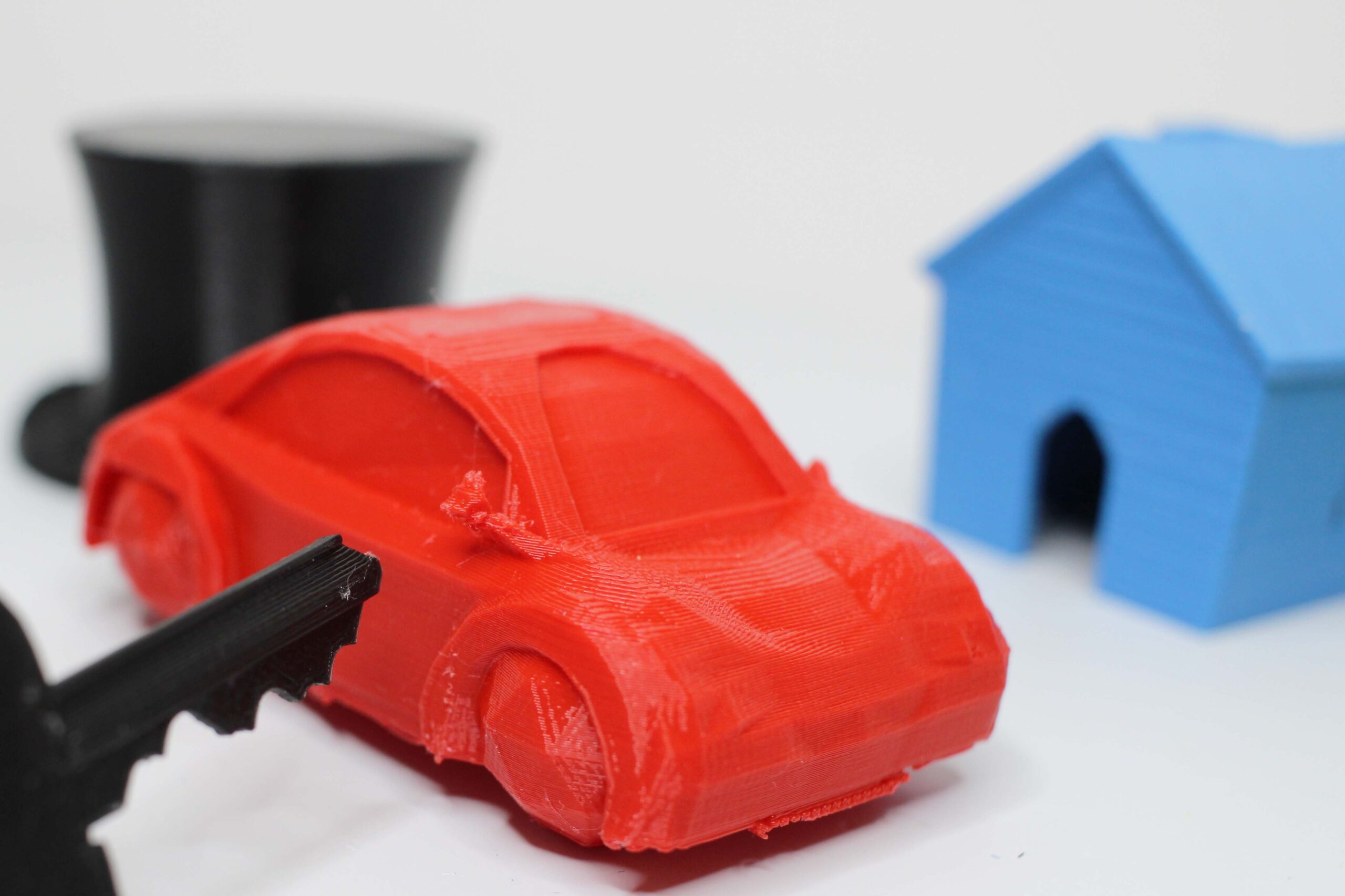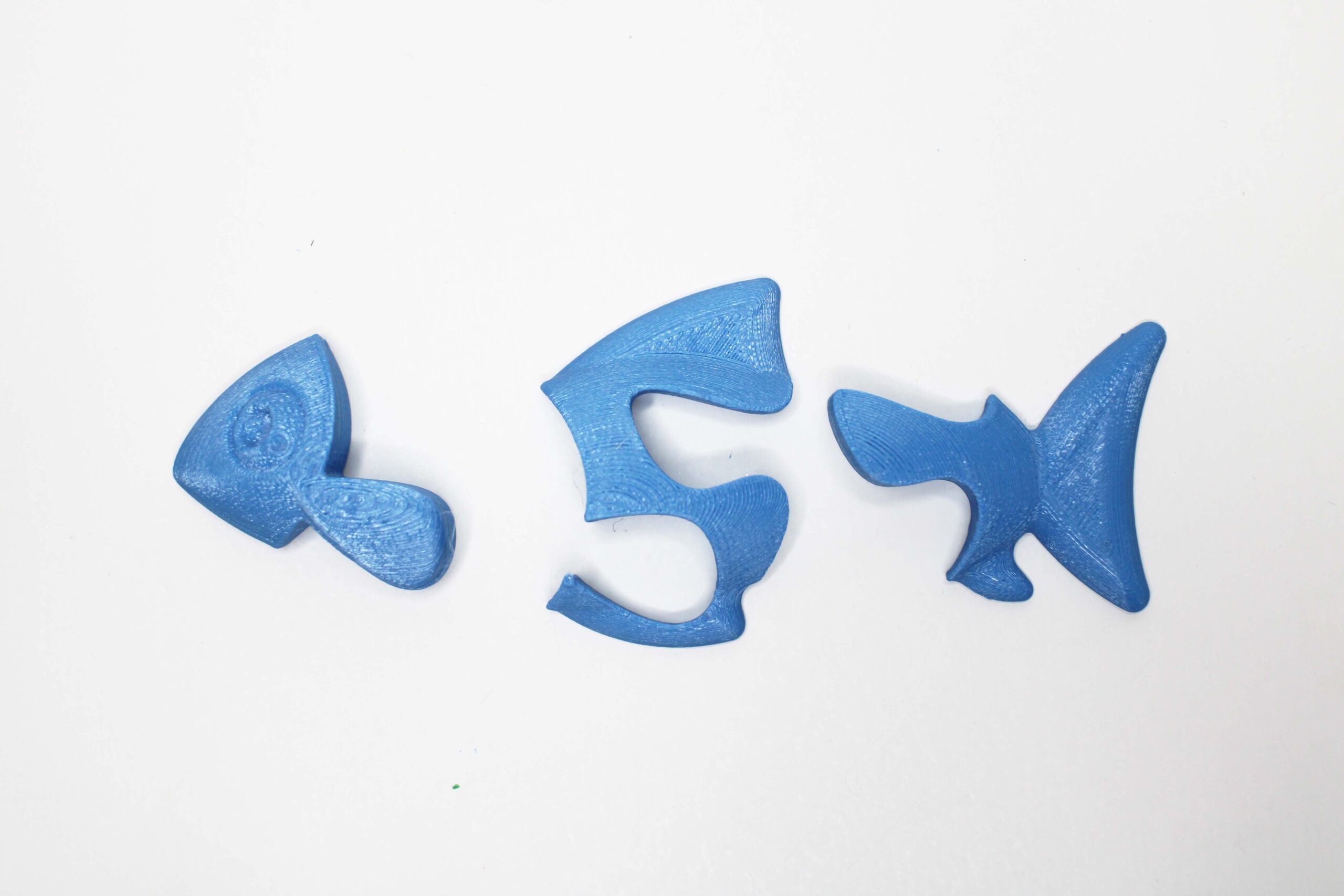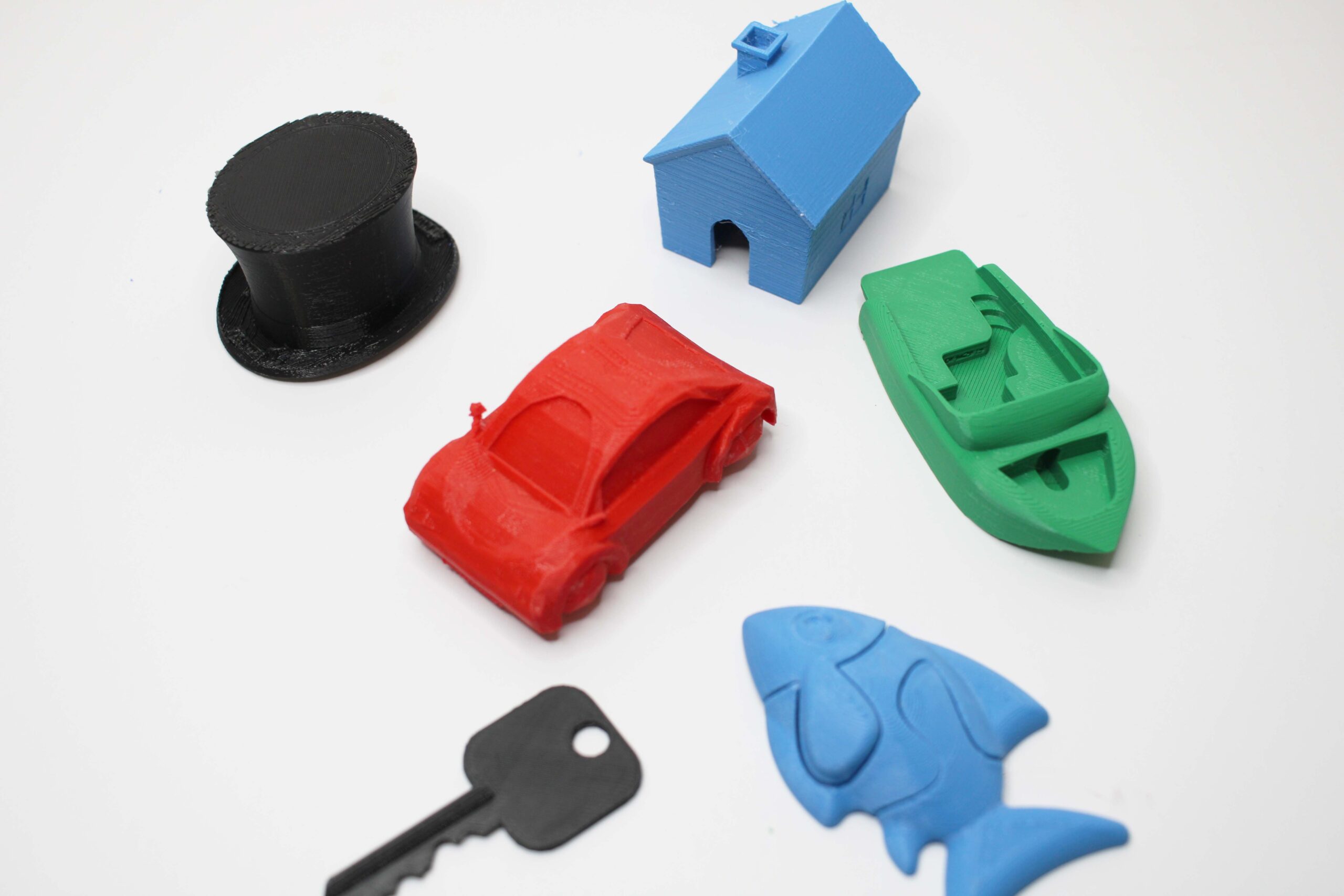
About
Exercise name:
Find the story
Which cognitive area is it related to?
Abstract thinking, Attention, Concentrations, Creativity, Interpersonal relationships, Narrative capability, Ordering and sequencing events, Short-term memory, Socialization, Speech activity
Description of the exercise:
It will be done this exercise in groups of 3-4 subjects. It will be used 4 figures/objects in order that the group could tell a story Including those elements; story will be started by one member of the group mentioning the 4 figures/objects, after that, the 2nd member of the group should follow the story in concordance with the previous one and mentioning, again, the 4 figures/objects; the rest of members of the group will do the same consecutively.
It could be used in every stage of dementia but it could be necessary to refresh the story by the facilitator. In early stages, even, it could be considered to hide the figures/objects after starting the story.
INSTRUCTIONS
The facilitator has to select 4 different objects/figures (spider, lighthouse, key, bear, hat, fish…) among the possibilities and show them to a group of 3-4 subjects. The facilitator explains that they are going to tell a story with their participation, and the different parts of the story must be coherent; for that, each member of the group must listen to the others and create their part of the story in concordance. They are instructed to add the 4 objects/figures in their part of the story.
The first subject starts the story and tries to add the 4 elements in some moment of the story (if some element is not mentioned, the facilitator could remind it) after that, the second member of the group should follow the story in concordance with the previous one and mentioning, again, the 4 figures/objects; the rest of members of the group will do the same consecutively
How can this model be used at home and in residential care/nursing homes?
Dementia affects a person’s cognitive functions, self-identity, memory and concentration. It develops gradually and leads to a change of personality. People with dementia have a problem with memory, which leads to recall difficulties and problems with speech, coordination, abstract thinking, concentration, planning, orientation with regard to place and time, frequent mood swings.
It is not difficult to apply, facilitator has to select 4 different objects/figures and show to the group, he/she explains that it is necessary to respect the coherency between the different parts of the story, for that it is necessary that each member of the group listen to the others and create their part of the story in concordance. Each member needs to add the 4 objects/figures in their part of the story.
This type of exercise will stimulate
• Short term memory
• Narrative capability
• Concentration
• Speech
• Attention
• Socialization
It’s a very pleasant activity to be done with family members or even with formal caregiver. It would encourage the patient to tell stories about several possibilities involving the different 3D printed objects.
What benefits can be obtained with its use?
This exercise will help in several processes
• Use and train short-term memory in a safe environment
• Increase social relations
• Focus in narrative capability
• Reminiscences
• Attention to other speech
• Attention to details
• Socialization
• Ordering and organising events
Technical specification of the model
Technology:
FDM
Material:
PLA
Colour (One piece one colour):
Different colours
Suitable dimensions for its use in the classroom (MM):
Each object up to 10x10cm or 15x15cm
Should the piece be resistant or be subjected to stress?
No
Should it be printed during meeting with person with dementia, before or after?
Before
Do you have to paint the model?
No
Number of pieces of which the model is composed:
1
Ensemble type if necessary (slot, clip, screwed ...)
No
Accuracy and definition required. (Quality) Low, mid or High.
Mid or high
Images

STL files viewer
Good luck!






